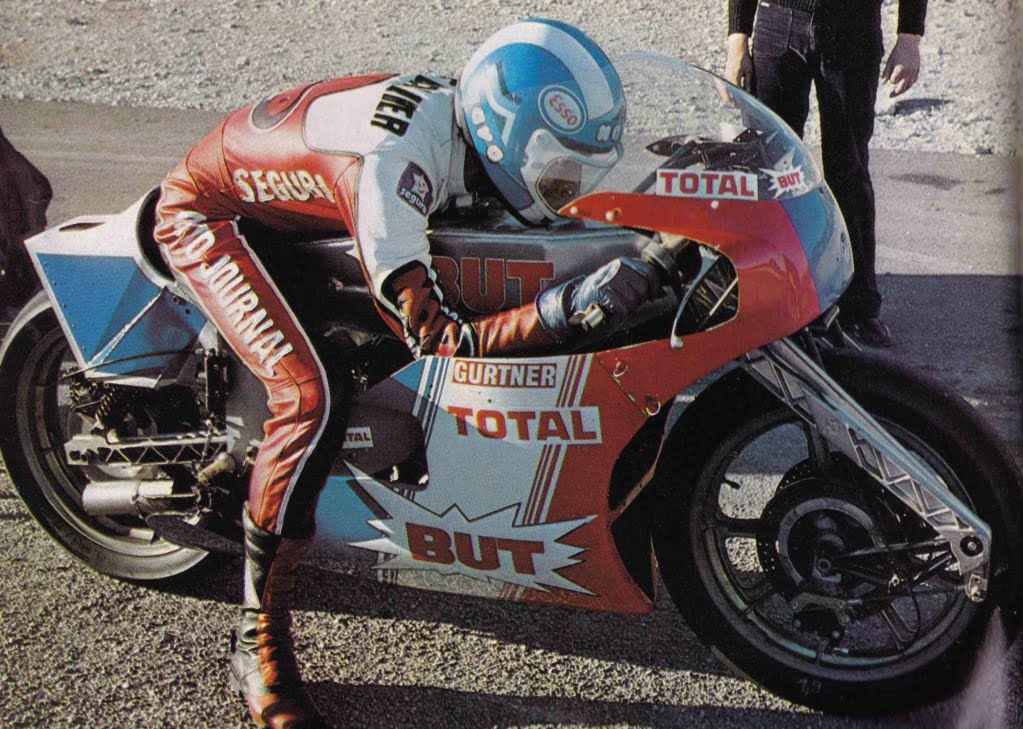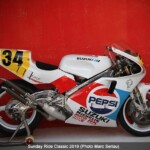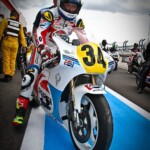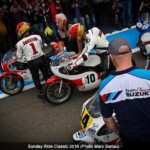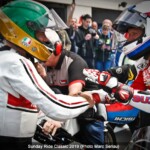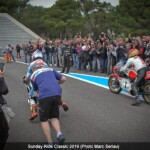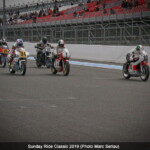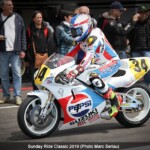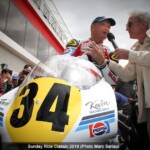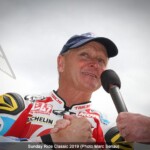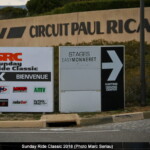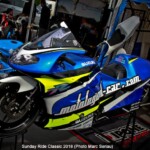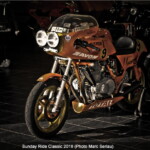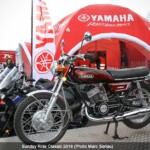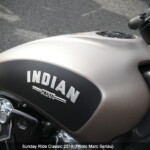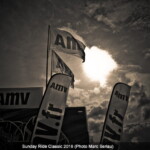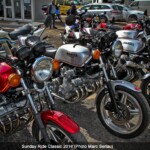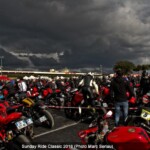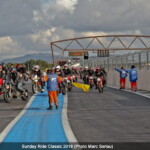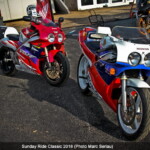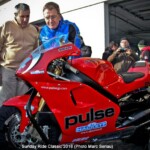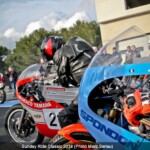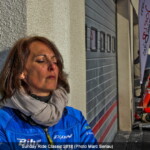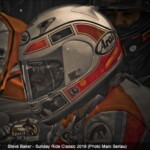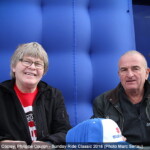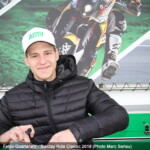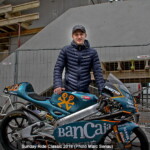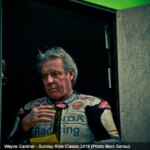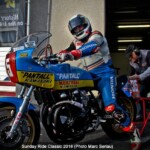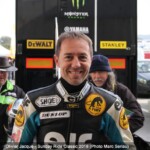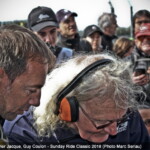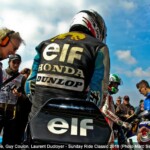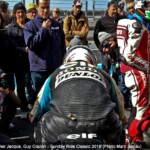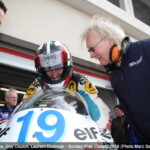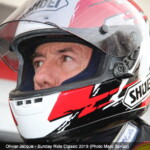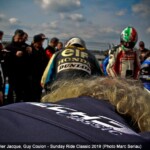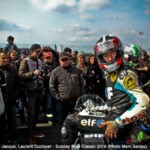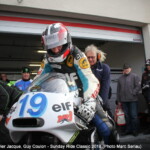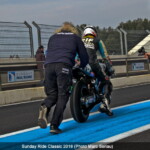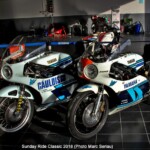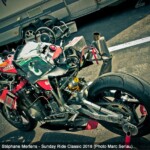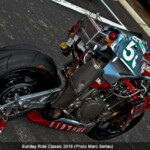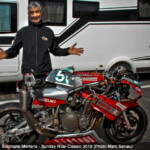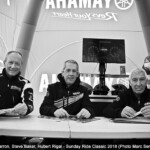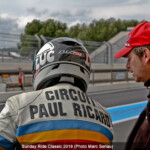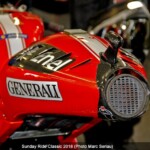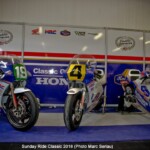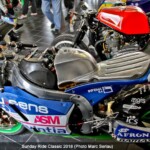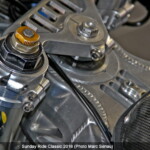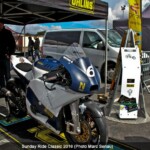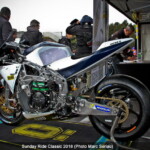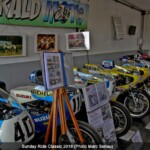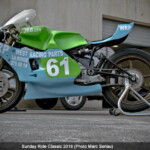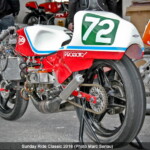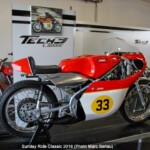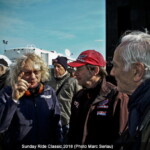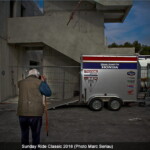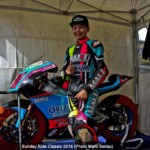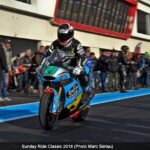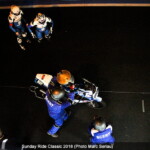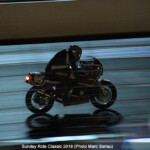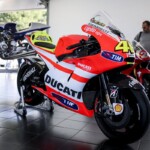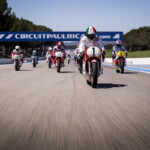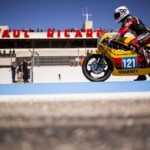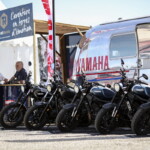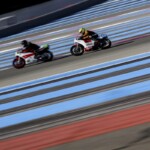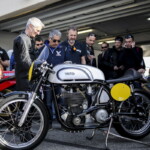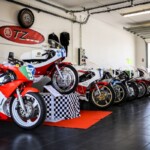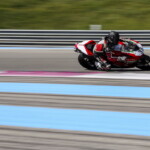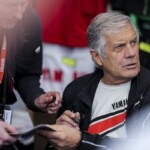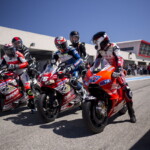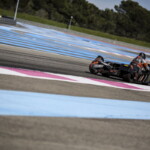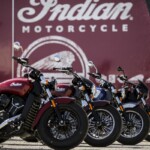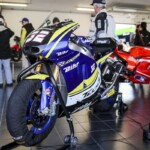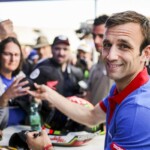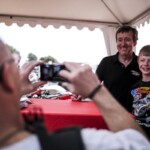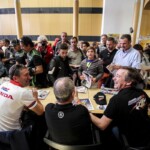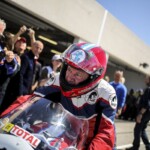Through the exhibition “Françaises de Grand Prix”, the Sunday Ride Classic 2022 will honor a number of myths on the Paul Ricard circuit, having emanated from the most brilliant minds in France. Today, our attention is focused on the HO adventure (for Houzé – Offenstadt) and the But, a very original machine.
The career of Éric Offenstadt, alias “Pépé”, is far from conventional. After a promising start on motorcycles at the dawn of the 1960s, he moved towards single-seaters, piling up excellent results. Ford France even chose to support the Charentais in Formula Junior. At the time, these promotional formulas were teeming with dozens of immense talents and even a handful of future legends. On the La Châtre circuit, Éric treats himself to Jackie Stewart, future triple Formula 1 world champion.
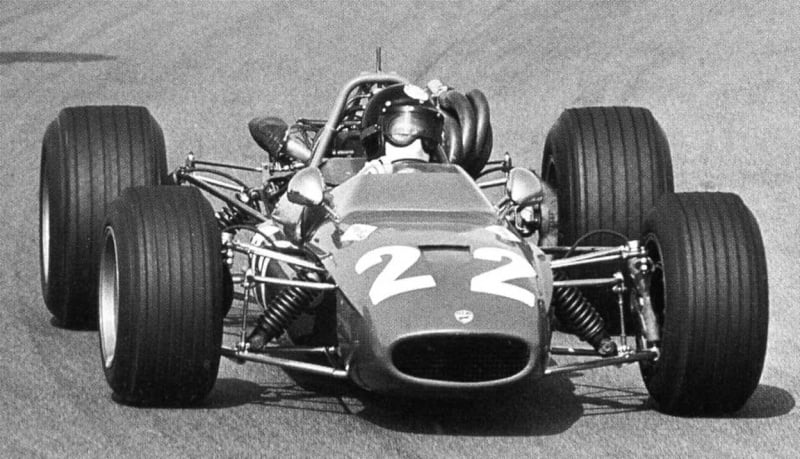
After a few disappointments in single-seaters, the man who was among the greatest French hopes resigned himself and returned to two wheels in 1970. “Pépé” was a fine developer and a brilliant wizard of mechanics. Then supported by Kawasaki France, he considerably modified his machines with the valuable help of those around him. It was here that his legend was born.
So in Grand Prix, he imagined an aluminum monocoque chassis, powered by a Kawasaki engine. Indeed, drivers complain about the behavior of the H1R 500cc, and are forced to find alternatives. However, the Offenstadt approach is radical. In addition to that, he equips his mount with disc brakes, which were not favored by the tenors. However, Éric had three podiums in 1971.
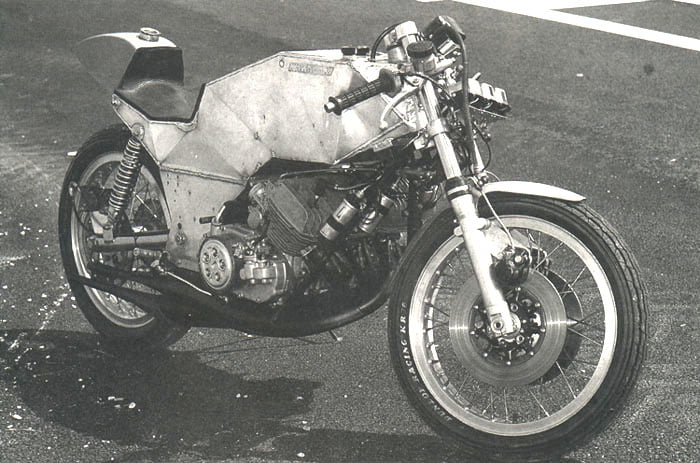
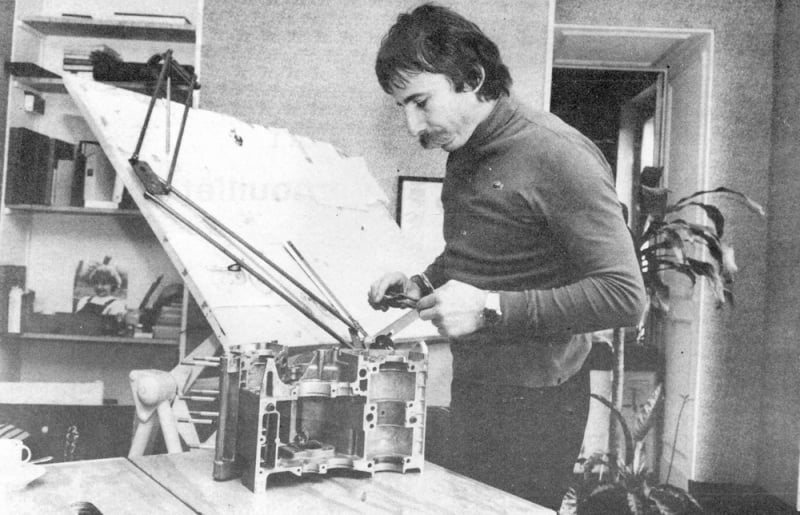
In 1976, after several years of experimentation, hard work and learning on smaller displacements, Offenstadt created the HO 500, hitting the headlines. The motorcycle is a concentrate of all the innovations of “Pépé”; the final result is confusing, destabilizing. First of all, the use of six-spoke magnesium rims, dear to the wizard since the beginning of the decade. Two oleo-pneumatic shock absorbers specially designed and not adjustable depending on the circuits attach to the swinging arm.
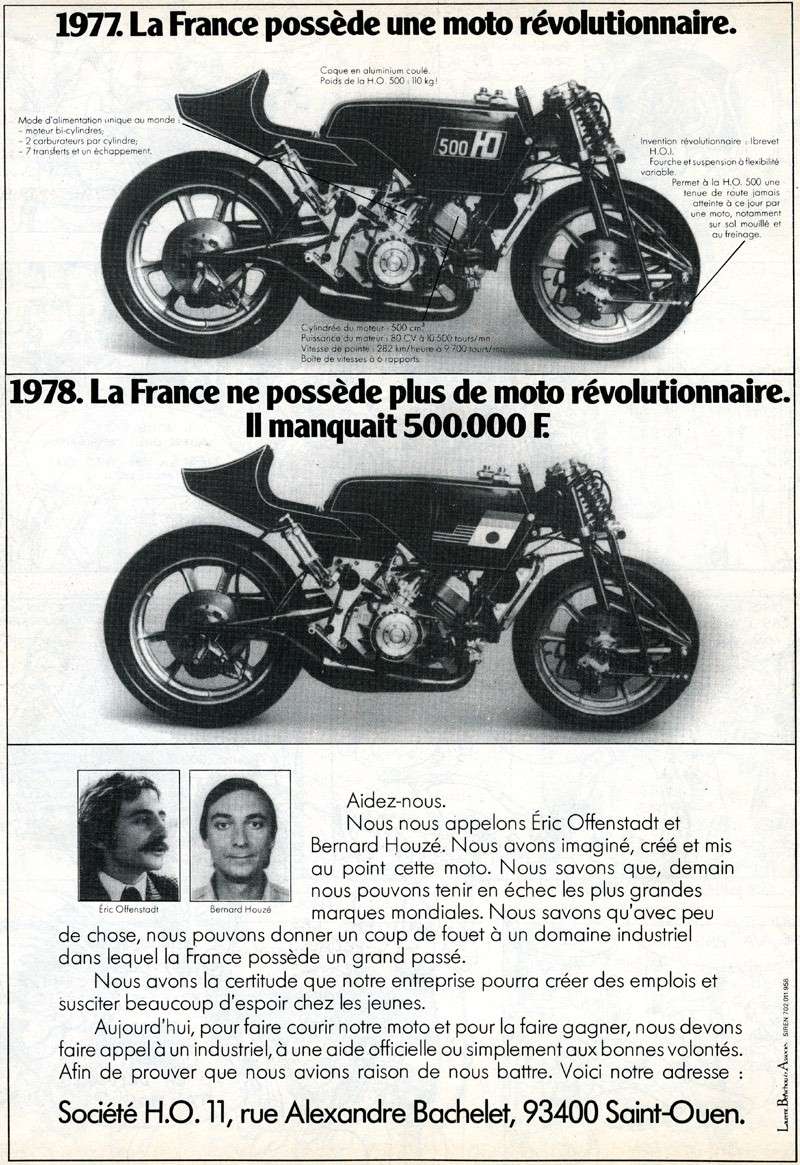
That's not all: The cast aluminum shell chassis has two separate tanks and the fork uses Cognac's favorite technology: the “pulled wheel”.
The system, too complex to be explained in a few lines, has numerous verified advantages: greater braking stability, less crushing and good road holding.
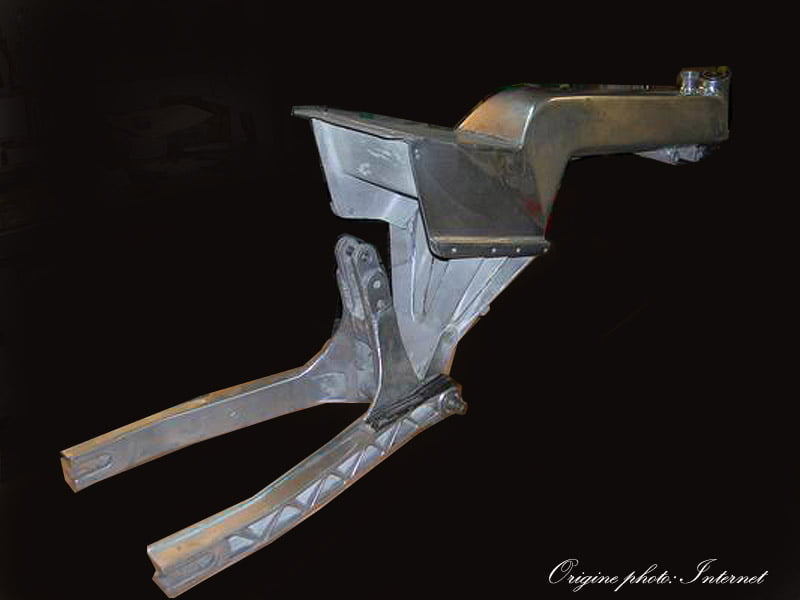
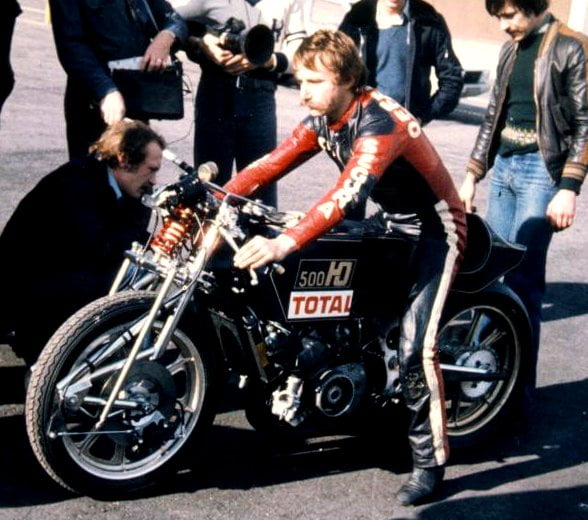
The engine, also in-house (!), had a very complex intake system. Each cylinder had two carburetors, which made the whole thing extremely difficult to adjust according to the pilots. The HO (in 350cc or 500cc), a true concentrate of innovation operated by Alain Chevallier, has never really shone. Too many revolutions on a single machine can harm its development, which is already limited by time.
In 1978, the team did it again with the “But”, an interesting and still surprising development, sponsored by the home equipment stores. Lower, longer, and having abandoned the HO beam in favor of a monocoque, it offers better handling and is much easier to carry. Indeed, according to Olivier Chevallier, the cornerstone of the project, the first was tiring when poorly adjusted. Unfortunately, the sorcerer's plans will never meet with the expected success.
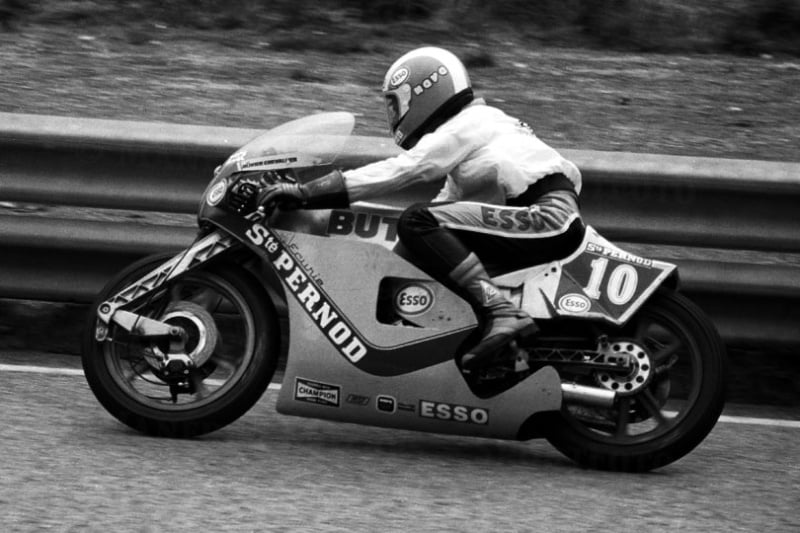
The imagination, perhaps too fertile, may have posed some problems. Hervé Guilleux's fourth place at the 350 1979cc French Grand Prix remains his best result apart from a victory in a secondary race in Spain. For such a project to work, an organized and substantial structure would have been necessary, with the following budget. Faced with poor media coverage, the But brand withdrew. One of the great pages of “French-style” innovation had just closed… for the moment.
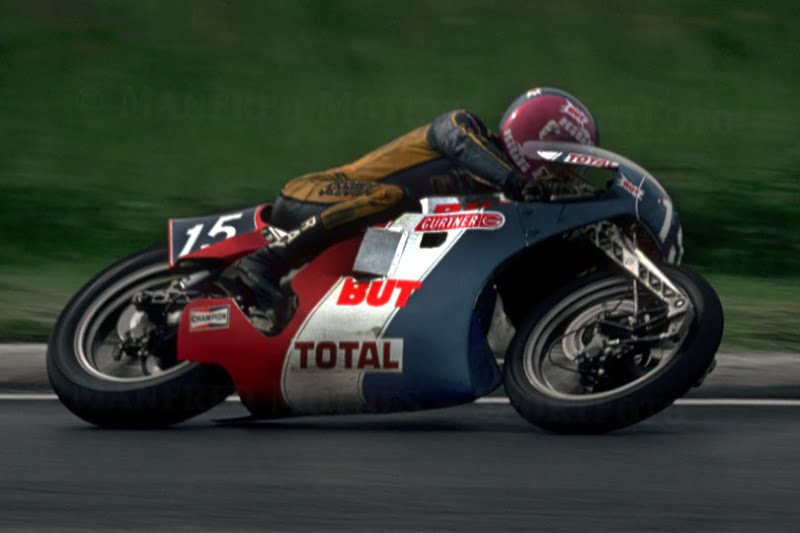
You may have heard about it: the GECO project, since 2013, has been constantly evolving. Éric does not give up and does not abandon the principle of trailing wheel suspension, his trademark. Based on a Yamaha YZF-R1, work continues and several renowned riders such as Lucas Mahias have been involved.
Offenstadt, regardless of the results, remains a great man of French motorcycling. A dreamer, who was never afraid to dare. Find his works, some of which are still currently being restored, on the occasion of the Sunday Ride Classic, June 11 and 12, 2022 on Paul Ricard!
Seen on the SRC:


